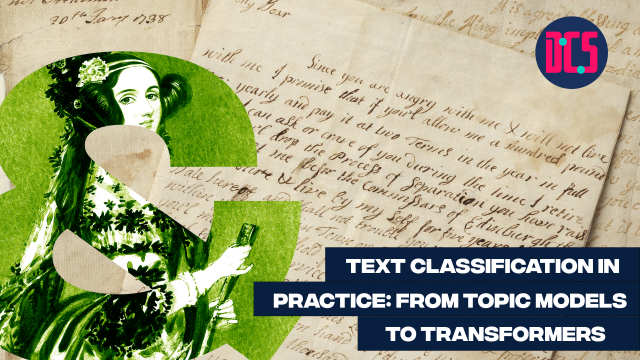Digital Method of the Month: Machine Learning

ONLINE
Have you seen a presentation on digital research methods and wondered if they are applicable to your work? Are you interested in learning new digital skills but unsure where to start?
This is the right place for you!
The digital method of the month meeting is a safe space to freely discuss the practicalities of learning and implementing a new digital skill in your research.
Each month we select a method, and we have an honest and practical discussion on what it takes to learn and master it. How much time will it take to get the basics? What are the software options available? What are the most common pitfalls? Where can you find more info on the subject? Etc...
The method of this month is Machine Learning. Machine learning is a branch of artificial intelligence (AI) focused on building applications that learn from data and improve their accuracy over time without being programmed to do so. In machine learning, algorithms are 'trained' to find patterns and features in massive amounts of data in order to make decisions and predictions based on new data. During the meeting, we will briefly introduce the concept and discuss some of its real-world applications. Join us to learn more about it
This is a beginner-level event, and no previous knowledge of the method is required.
To attend this event, you will have to join the associated Microsoft Teams group. The link to join the group will be sent to the attendees prior to the course start date, so please make sure to do so in advance.
If you’re new to this training event format, or to CDCS training events in general, read more on what to expect from CDCS training. Here you will also find details of our cancellation and no-show policy, which applies to this event.
If you're interested in other training on data analysis and machine learning, have a look at the following:
If you're interested in other training on data analysis, statistics, and machine learning have a look at the following:
- Digital Method of the Month: Statistics
- Introduction to Statistics and Descriptive Statistics
- Finding Patterns Across Data
- Introduction to Machine Learning
- Statistical Methods: Null-hypothesis Testing with R
- Statistical Methods: Montecarlo Simulations with R
- Systematic Data Cleaning in Python
- Regression and Mixed Effects Modelling with R
- AI and Ethics
- Statistical Methods: Principal Component Analysis with R












